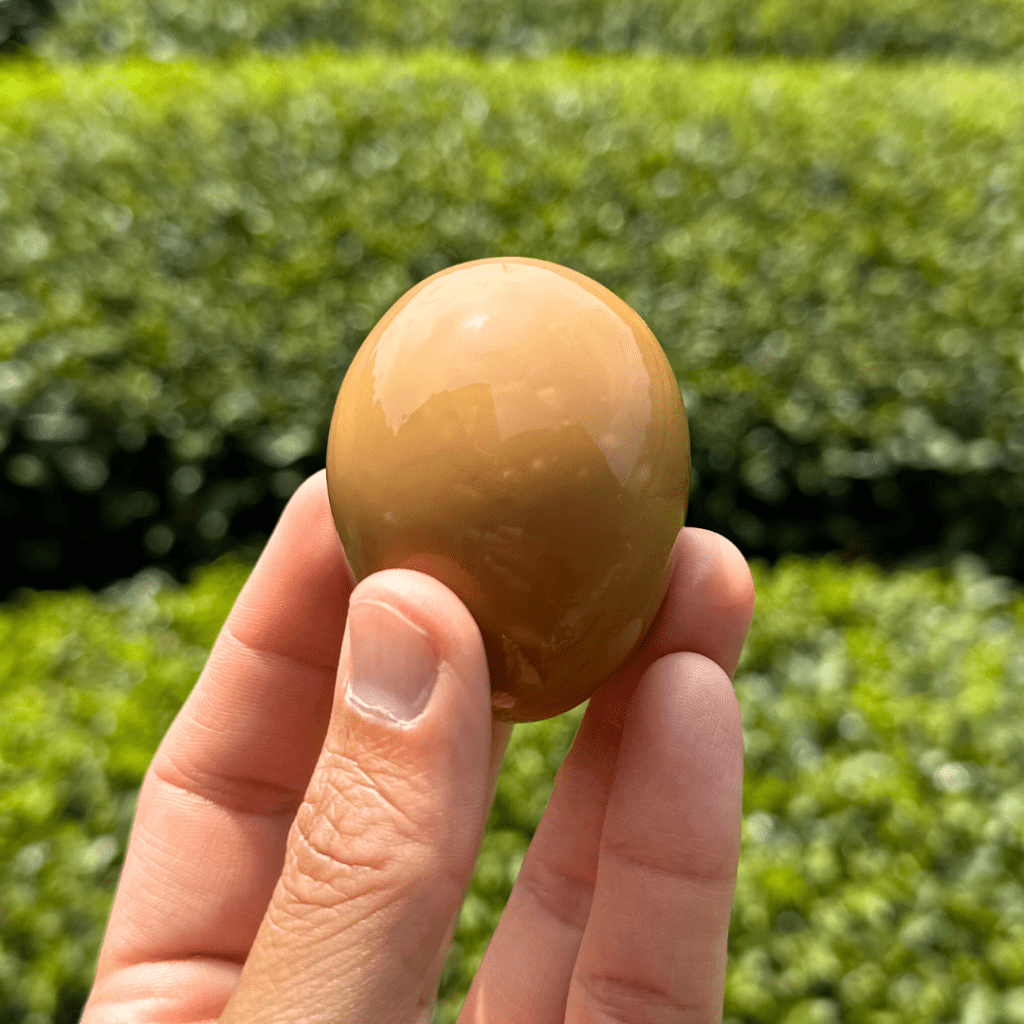
“Tea Eggs,” sometimes called “Marbled Eggs,” are a beloved Chinese snack that has been enjoyed for centuries. Over time, the original recipe has evolved with many adaptations, making this savoury treat popular around the world. In this post, I’ll share my take on this classic snack using Japanese tea instead of the traditional Chinese red tea.
Making tea eggs is both easy and fun! The recipe is simple and allows plenty of room for creativity. Below, I’ve outlined the key steps in making Japanese tea eggs.
I. Cooking the Eggs
How long you boil the eggs depends on your preference. I personally like them somewhere between soft- and hard-boiled, so I cook mine for about 8.5 minutes.
Once boiled, transfer the eggs immediately into cold water to stop the cooking process.
After they’ve cooled, gently crack and peel the shells, then set the eggs aside while you prepare the tea base.
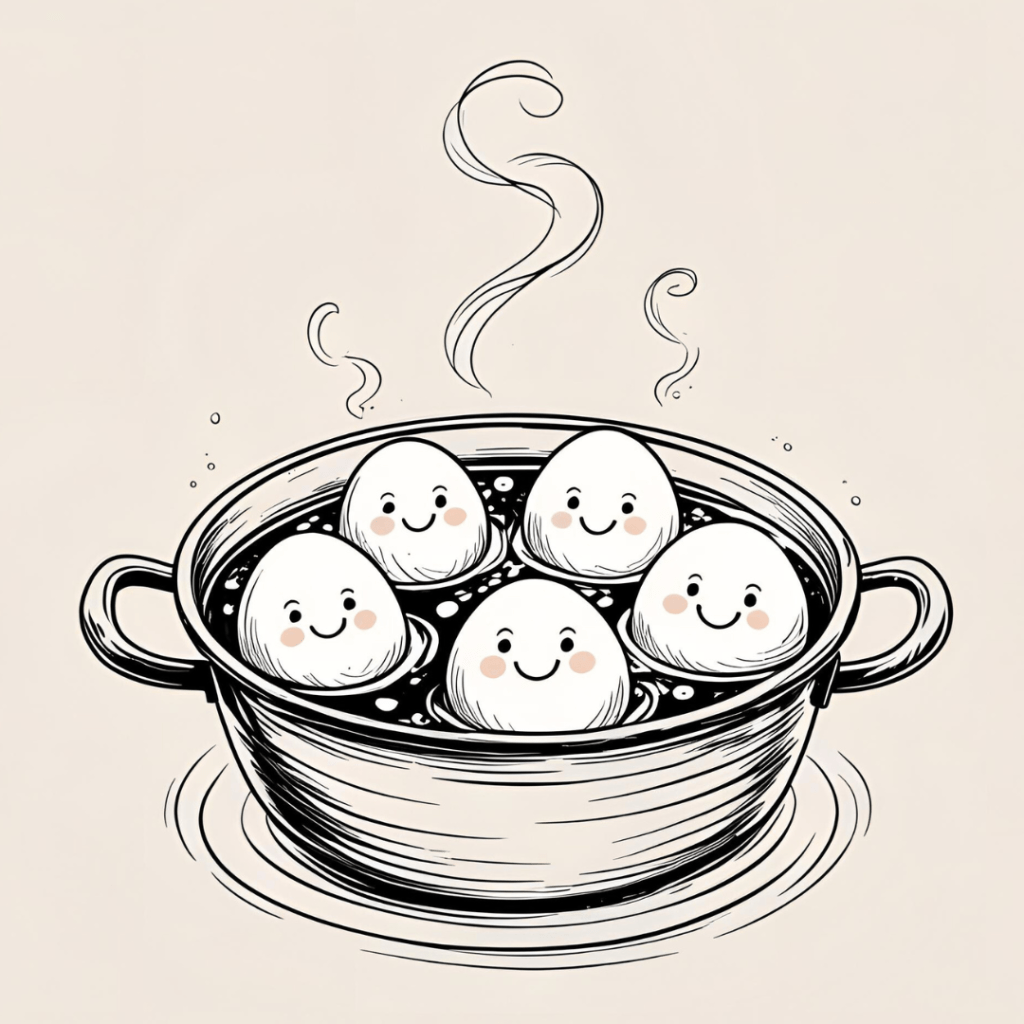
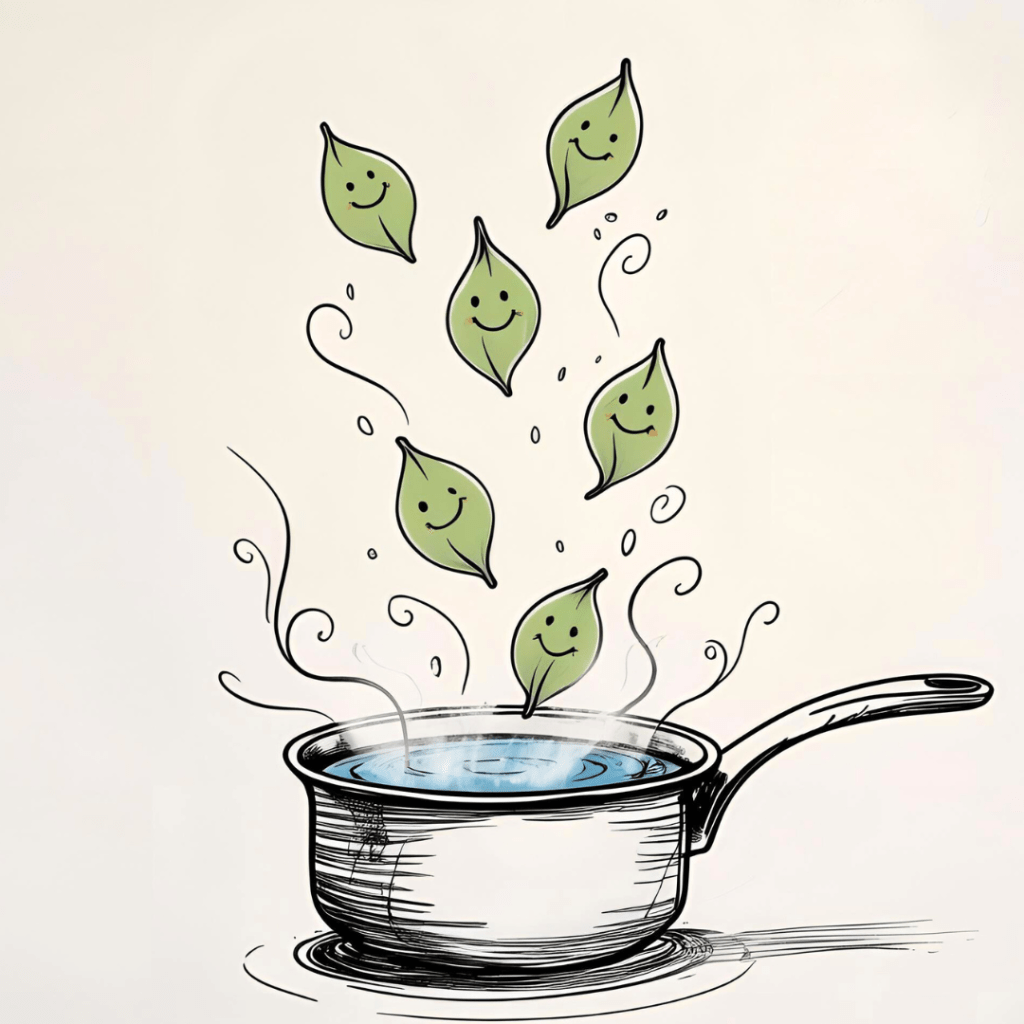
II. Making the Tea Base
The flavour of your tea marinade can be sweet or savoury depending on your taste. Ingredients like sugar, salt, or soy sauce can not only enhance the flavour but also help preserve the eggs longer.
For this recipe, I chose a lightly sweet tea base using Obubu Orange Peel Wakoucha (Japanese black tea). I used a ratio of 10g tea leaves per 1 litre of water, and added some sliced ginger and brown sugar for extra depth. Do not put too much tea leaves, as tea can be strong and bitter when cooked. You can adjust the amount of ginger and sweetness to suit your taste.
Once the tea base is ready, allow it to cool to room temperature to prevent overcooking the eggs during marination. To speed this up, you can place the container in an ice bath.
III. Marinating the Eggs
Place the peeled eggs into the cooled tea marinade and let them soak for 1 to 2 weeks, depending on how intense you want the flavor.
After about a week, do a taste test to see if the flavour is to your liking. You can continue marinating longer or adjust the tea base at this point if needed.
Once the flavour is just right, your Japanese tea eggs are ready to enjoy—serve them chilled or at room temperature, and savour the unique twist of Japanese tea in every bite!
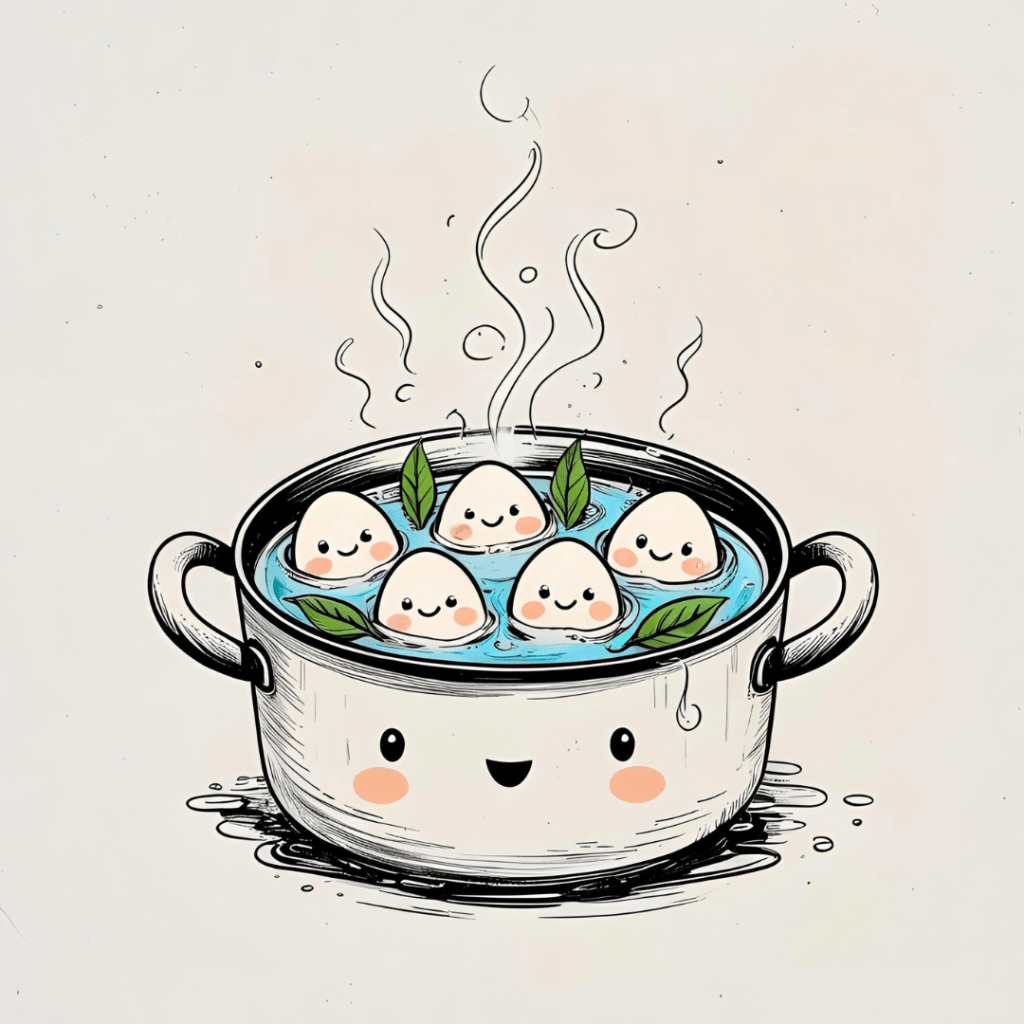
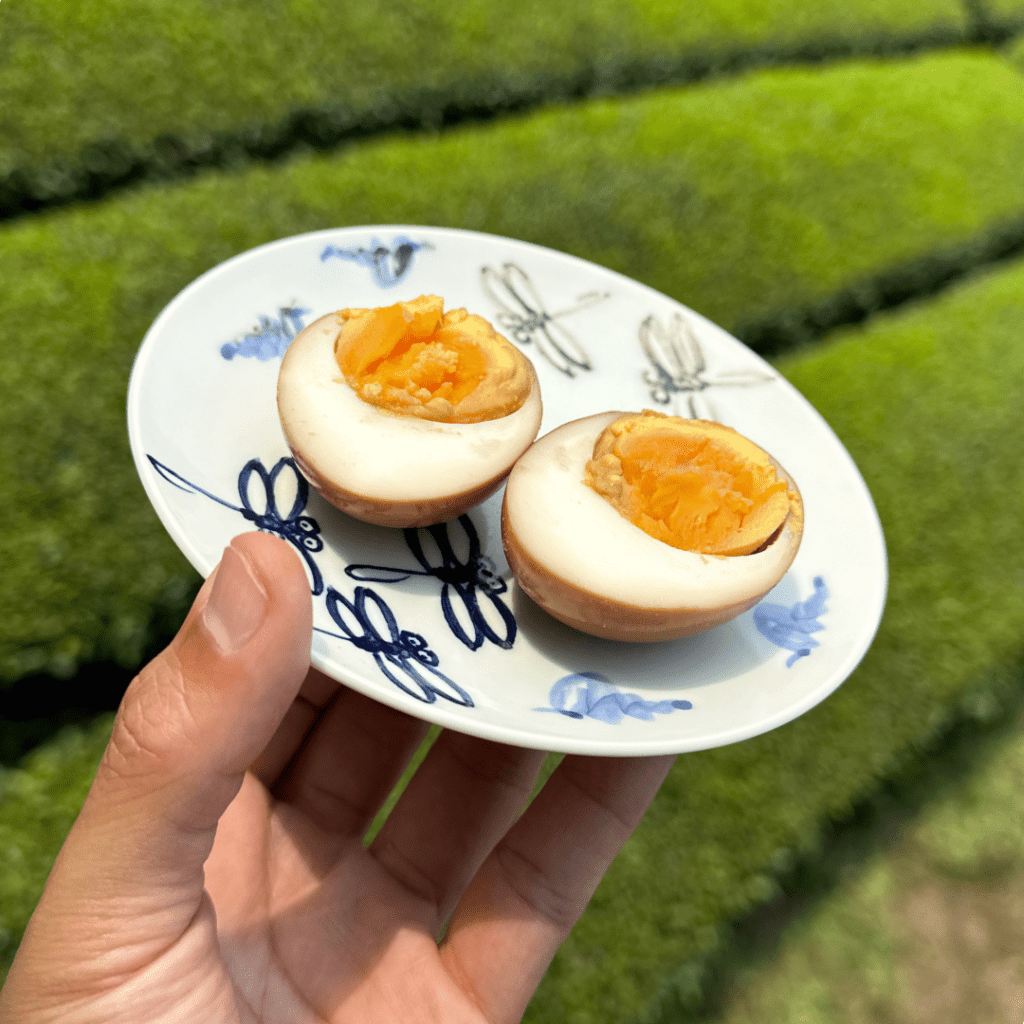
– Intern #201, KD Yu

